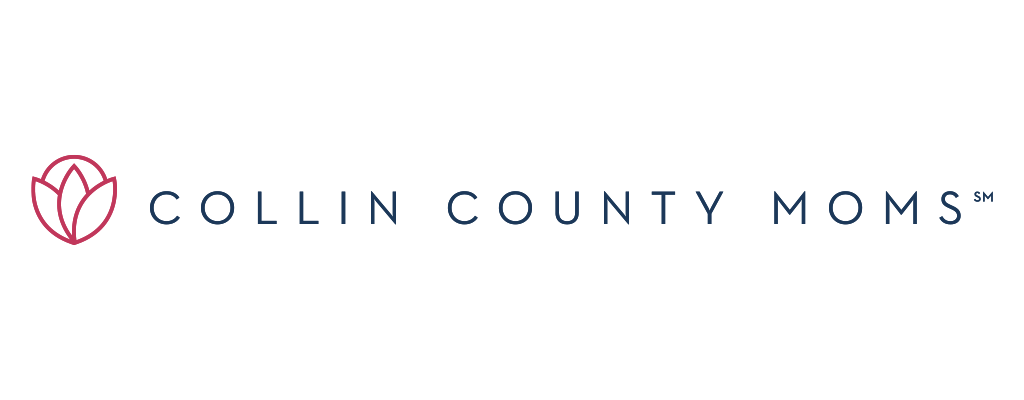 As I approach the end of my second pregnancy, I am in awe of how completely different this experience has been compared to my first. Joy and amazement have been replaced with pain, pressure, and discomfort. Belly laughs have been replaced with frequent urination and an embarassing fear of sneezing. The feeling that I was made for pregnancy has been replaced with utter impatience for baby number two’s arrival. Other moms warned me how every pregnancy is different, but I had no idea how true that could be.
As I approach the end of my second pregnancy, I am in awe of how completely different this experience has been compared to my first. Joy and amazement have been replaced with pain, pressure, and discomfort. Belly laughs have been replaced with frequent urination and an embarassing fear of sneezing. The feeling that I was made for pregnancy has been replaced with utter impatience for baby number two’s arrival. Other moms warned me how every pregnancy is different, but I had no idea how true that could be.
One thing that has offered some much-needed relief during this difficult pregnancy is pelvic floor rehabilitation. After complaining to my doctor about my urge to use the restroom every hour and the hip and back pain that was interfering with my ability to mother my active toddler, she referred me to a physical therapist who specializes in pelvic and women’s health.
What Is Pelvic Floor Rehabilitation?
Pelvic floor rehabilitation is a form of physical therapy that focuses on strengthening and improving the function of the pelvic floor muscles. It involves a range of exercises and techniques designed to help maintain good pelvic floor health. (This can be especially helpful during pregnancy and postpartum recovery!)

Here are five simple tips to keep your pelvic floor healthy!
1. Do Your Kegels
Kegel exercises involve contracting and relaxing the pelvic floor muscles to improve strength and tone. Take a deep breath in, imagine you are filling your belly with air, and release your pelvic floor (the same muscles you use to stop peeing mid-stream). You can do this by imagining a flower blooming or an elevator going all the way down. Next, slowly exhale while contracting these muscles in. (Do not tighten your glutes.) Imagine the flower closing up or the elevator traveling to the top floor. Repeat 10 – 15 sets three times daily for at least three months to see results.
2. Hydrate Properly
According to my pelvic floor specialist, chugging water leads to runoff, just like flooding after a storm. Sipping water throughout the day, however, leads to better absorption, prevents constipation, and lessens frequent urination. Drinking sugary, caffeinated, or even carbonated drinks irritates the bladder wall, sending a signal to the brain that you have to pee.
Avoid these drinks altogether. Or, if coffee is a must (so relatable), dilute by sipping water in-between.
>> RELATED READ << More Than Just Kegels: The Importance of Pelvic Floor Health <<
3. Stay Regular
Easier said than done for us pregnant mamas, staying regular will take some pressure off the pelvic floor muscles. Don’t be afraid to add plenty of fiber to your diet. Ask you doctor about over-the-counter supplements such as magnesium or Colace. (Hydrating properly will help, too!)
4. Belly Breathe
Imagine you are filling your abdomen with air, like a balloon. Put one hand on your belly and feel it expand as you breathe in. This “belly breathing” (also known as diaphragmatic breathing) massages the vagus nerve, lowering stress responses like our “fight or flight” response. It also helps give a slight stretch to the pelvic floor muscles on the inhale, and relaxes them on the exhale.
Tip for pregnant mamas: Practice belly breathing while leaning your arms and head against a wall, giving your rib cage the chance to expand a whole 360 degrees. This will help you and your baby get more oxygen — whether you’re feeling crowded in there or laboring!
5. Stay Active
Whether you decide to work with a physical therapist who specializes in pelvic floor rehabilitation or want to try this at home, your pelvic floor muscles are just like the other muscles in our body: we strengthen them through regular movement. Strengthening our core, glutes, and back can also contribute to pelvic floor health and overall relief of symptoms.
Whether pregnancy, time, or stress have taken a toll on your body, it’s not too late take care of your pelvic floor. Your future self will thank you later!













